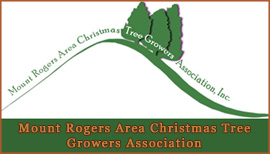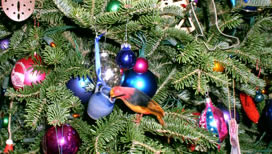Real Trees vs. Fake Trees -the Environmental Pros and Cons
Making An Eco-Friendly Choice: The Environmental Debate Settled
Each holiday season, there are news articles, web sites and commentators who debate whether it is better for the environment to use an artificial Christmas tree or a natural Christmas tree.
This can often be confusing to consumers who want to make an eco-friendly choice, but can’t find a simple, straight-forward “apples to apples” comparison.
The table below illustrates that Real Christmas Trees are the best environmental choice.
Real Trees |
Artificial Trees |
PLACE OF ORIGIN |
|
|
|
METHOD OF PRODUCTION |
|
|
|
|
|
|
|
|
|
|
|
COMPONENTS |
|
|
|
|
|
PVC FREE? |
|
|
|
LEAD FREE? |
|
|
|
CARBON NEUTRAL? |
|
|
|
|
|
|
|
CHEMICALS? |
|
|
|
|
|
|
|
|
|
|
|
|
|
DISPOSAL |
|
|
|
|
|
|
|
RENEWABLE RESOURCE? |
|
|
|
|
|
ECO-FRIENDLY? |
|
|
|
The NCTA offers more information on this subject at: http://www.christmastree.org/faketrees.cfm
This article used with permission from the National Christmas Tree Association.
Fire Facts • Choosing Your Tree • Care & Disposal • Choose & Cut

